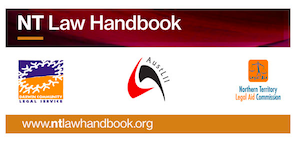-- JonathanMo - 14 Sep 2015
It was held here 'that the importation of monensin sodium into Australia would have involved the use abroad of both a substance and a process claimed in the Australian patent'.
Infringement
The PA does not provide any definition of direct infringement, although three forms are suggested:- exploiting the invention without the authorisation of the patentee
- authorising another person to do this [PA s. 13]
- supplying a product to another person where its use would be an infringement [PA s. 117]
If the use of a product by a person would infringe a patent, the supply of that product by one person to another is an infringement of the patent by the supplier unless the supplier is the patentee or licensee of the patent.
Importation for sale
See Re Eli Lilley and Co (1982) AIPC 90-003:it was early established that the patentee of a process could restrain the obtaining from abroad and selling in the country of an article manufactured abroad by the patented process ... use of the patented process in the last stage of the manufacture of the imported article, to the situation where the patented process was used, not in the last stage, but in an earlier stage of the manufacture of the imported article.
Reversal of burden of proof
Section 121A of the PA provides for the reversal of the burden of proof in civil cases involving process patents, whereby the defendant may be required to prove that the process used to obtain an identical product is different from the patented process. Section 122 provides that the relief which 'a court may grant for an infringement of a patent includes an injunction ( ... [on] such terms as the court thinks) and, at the option of the plaintiff, either damages or an account of profits.' (Writer's emphasis added.) Copyright © by the contributing authors. All material on this collaboration platform is the property of the contributing authors.
Copyright © by the contributing authors. All material on this collaboration platform is the property of the contributing authors. Ideas, requests, problems regarding AustLII Communities? Send feedback
This website is using cookies. More info.
That's Fine

